Sony Xperia Z5 camera tested in depth
We test the Z5's camera in a range of real-life shooting situations and get some results we weren't expecting
Given that this is Sony's best smartphone camera yet, it comes with 23 million pixels and it comes from a company that's produced some great digital cameras, you'd hope this would be good.
Well, it is and it isn't.
The autofocus is certainly effective, and you have a choice of automatic focus point selection (you let the camera choose where to focus) or manual (you tap an object on the screen). You can also tap to shoot, making this a pretty quick and straightforward camera to use. It doesn't feel noticeably more responsive than the iPhone 6S Plus but there's no reason to doubt Sony's claims about the focus performance.
Here are some sample shots:

Click here for a full size version.

Click here for a full size version.

Click here for a full size version.
Get daily insight, inspiration and deals in your inbox
Sign up for breaking news, reviews, opinion, top tech deals, and more.
The Z5 camera produced good exposures and rich, natural colors in these three photos (above) taken at a local market.
The exposure system does a good job too. The Z5's exposures are consistently well judged and you won't often need the manual EV compensation control, and when you do it's easy enough to apply. The Z5 coped particularly well with the red engine cover on Dan's Chevrolet and a box of red chillis at the local market – these large areas of red caused a major problem for the iPhone which overexposed them and turned them a kind of blown-out orange color instead.
On the other hand, it was hard to work out what the Z5's HDR mode achieved, if anything. None of our before and after comparisons showed any clear difference, which is in stark contrast to the effectiveness of the iPhone's HDR mode. The iPhone's HDR mode has its own flaws – edge artefacts around out-of-focus edges – but does a much better job of keeping detail in bright skies, for example.
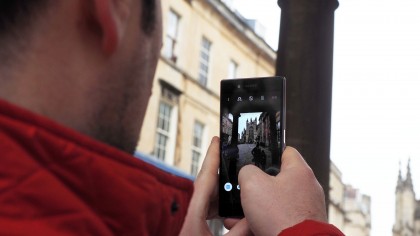
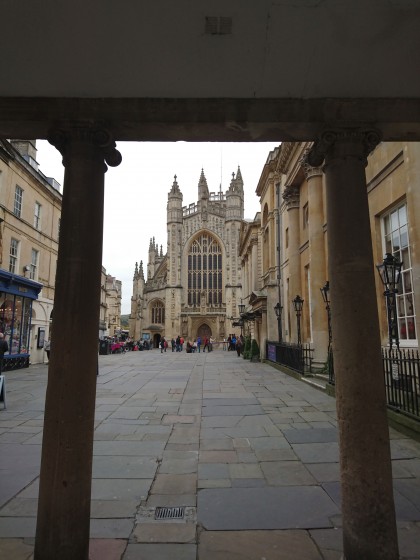
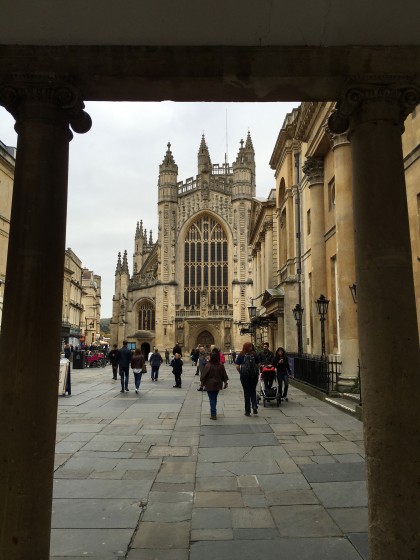
"DP: In manual mode you have to switch HDR mode on and off manually – there's no auto option. We did try shooting with HDR and without but it was hard to see much difference. "
The color rendition is good too, especially with the extra control you get from the manual white balance setting in Manual mode. There are lots of occasions when the color of the lighting can distort the colors in the picture and they're not always easy to predict. When we were photographing the produce at the local market, for example, the colors of the vegetables and crates did fool the auto white balance into odd decisions a couple of times – more so with the iPhone than the Z5, in fact.
At a casual glance, the Z5's images look vibrant, clear and crisp. The trouble starts, sadly, if you zoom in for a closer look.
The Z5's camera suffers, unfortunately, from the twin ills that plague cheap point and shoot compact cameras – poor lens quality, notably at the edges of the frame, and over-aggressive noise reduction.
You could argue that the average user won't be examining images under magnification and looking for edge to edge sharpness, but then if you chose the Z5 for its camera then you certainly will. The 23-megapixel sensor is a major selling point, and you'd hope to get 23 megapixels-worth of detail.
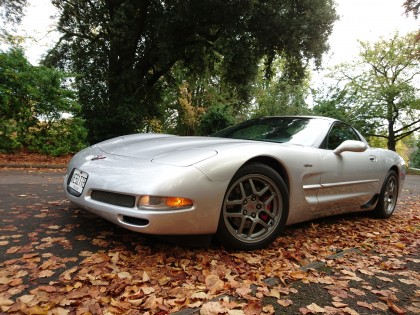
This photo shows the loss in sharpness at the edges of the picture (click here for a full size version). The blown-up sections below show how the car's grille is rendered sharply but the leaves at the edge of the frame are just a blur.
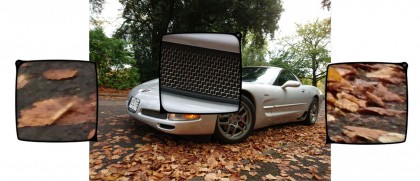
Click here for a larger version.
The edge softness and noise reduction aren't subtle shortcomings that are easily missed. Photos will look fine on the Z5's screen, or in tweets or Facebook posts, but the minute you open one up on your computer for a closer examination, you're going to see the problem.
A direct comparison with shots taken on an iPhone 6S Plus at the same time is revealing. The iPhone has half the resolution in megapixels, but its detail rendition at the edge of the frame is dramatically superior.

Here's another example. The detail in the center of the picture is fine, but the detail at the edges has softened up considerably. Click here for a full size version.
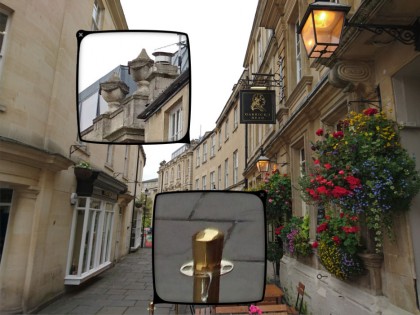
Note the brass post right at the bottom of the frame – this is not a depth of field issue because the iPhone version is much sharper. Click here for a larger version.
In the centre of the frame there's much less difference between these two cameras. The Sony's fine detail looks clean and crisp with objects that have sharp, well-defined edges (man made objects, typically) and has perhaps a slight advantage over the iPhone 6S Plus.
But with textured subjects like vegetation, fabrics and even fine patterns it's another story. The Z5's super-aggressive image processing smooths out anything that looks remotely like noise, with the result that finer, subtler details are routinely smudged out of existence.
"DP: 23 megapixels is an awful lot for a small sensor and unfortunately the results were as I expected – soft detail with extremely heavy noise reduction."
When you combine this with the lens softness at the edge of the frame, it gets even worse. Detail near the edges of the picture can look as if it's been shot through a layer of vaseline.
The answer, you might think, would be to shoot with the Z5's 8-megapixel setting instead but, bizarrely, the edge softness and noise reduction/smudging look just as bad here too.
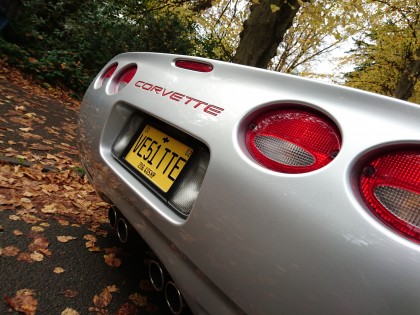
Subjects with clear, hard edges really play to the Z5's strengths. Click here for a full size version.
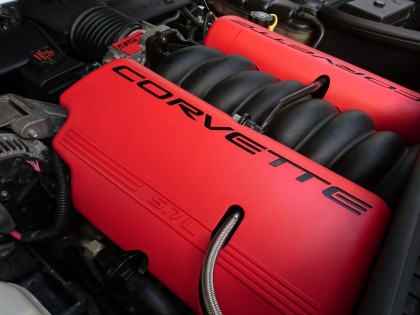
Another ideal subject for the Z5's camera, with clear outlines and good, strong colors. The focal point is in the middle of the frame and it's shot at an angle, so you wouldn't be expecting the edges to be sharp. Click here for a full size version.

But here's a picture that shows off the Z5's weakness – aggressive noise reduction. The features on the faces of these comedy outfits come out fit, but the much of the fur is disappearing in a kind of smoothed-over mush. Click here for a full size version.
The Z5's detail rendition is disappointing. It's good for a smartphone – they've come a long way in a short space of time – but it's poor by 'proper' camera standards and its 23 megapixels in no way make up for its poor lens and aggressive image smoothing.
Current page: Image quality
Prev Page Camera controls Next Page Panoramas, Effects and Augmented reality
Rod is an independent photographer and photography journalist with more than 30 years' experience. He's previously worked as Head of Testing for Future’s photography magazines, including Digital Camera, N-Photo, PhotoPlus, Professional Photography, Photography Week and Practical Photoshop, and as Reviews Editor on Digital Camera World.